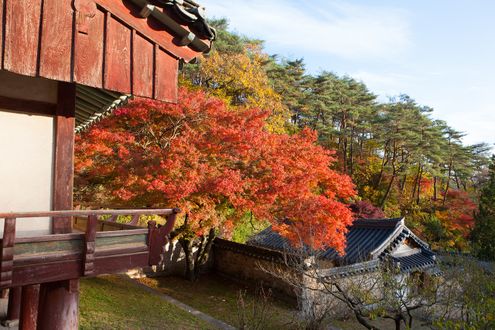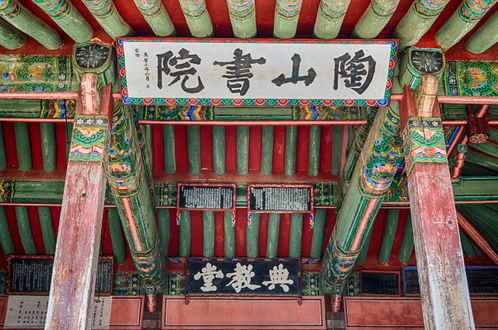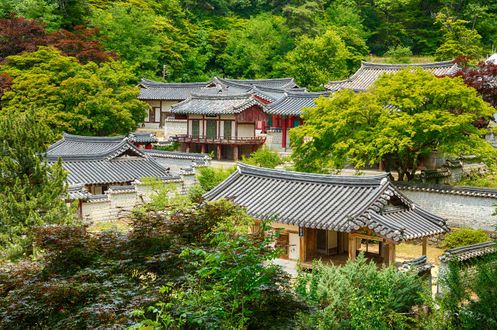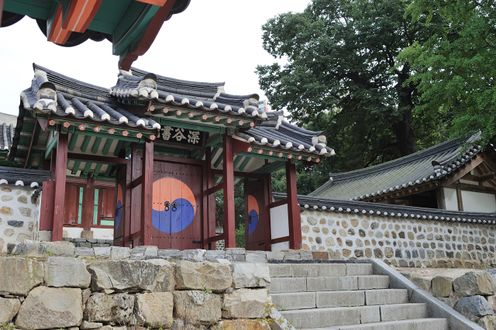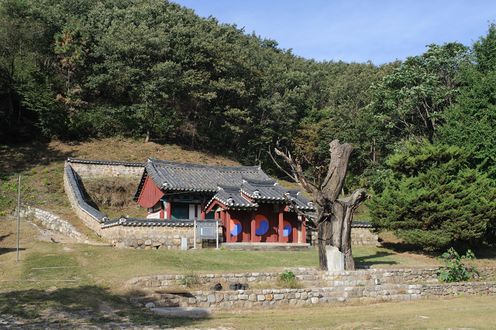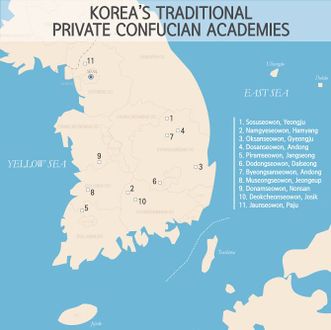"Korea's Traditional Education - Over a Millennium of Confucian Learning"의 두 판 사이의 차이
잔글 (Lyndsey님이 Korea's Traditional Education - Over a Millennium of Confucian Education 문서를 넘겨주기를 만들지 않고 Korea's Traditional Education - Over a Millennium of Confucian Learning 문서로 이동했습니다) |
|||
| 13번째 줄: | 13번째 줄: | ||
<gallery mode=packed heights=220px> | <gallery mode=packed heights=220px> | ||
| + | 파일:5-9.안동 도산서원_Dosan Seowon Confucian Academy.jpg|안동 도산서원(경북 안동시 도산면 도산서원길) / 사진제공(김지호)-한국관광공사 | ||
| + | 파일:5-9.안동 도산서원_Dosanseowon Confucian Academy.jpg|안동 도산서원(경북 안동시 도산면 도산서원길) / 사진제공(김지호)-한국관광공사 | ||
| + | 파일:5-9.안동-도산서원2_Dosanseowon-Confucian-Academy.jpg|안동 도산서원(경북 안동시 도산면 도산서원길) / 사진제공(김지호)-한국관광공사 | ||
| + | 파일:3-11.심곡서원- DSC_8594.jpg|심곡서원(경기 용인시 수지구 심곡로) | ||
| + | 파일:3-11.심곡서원- DSC_8607.jpg|심곡서원(경기 용인시 수지구 심곡로) | ||
| + | 파일:3-11.파산서원-DSC_8735.jpg|파산서원(경기 파주시 파평면 눌노리) | ||
| + | 파일:3-11.파산서원-DSC_8737.jpg|파산서원(경기 파주시 파평면 눌노리) | ||
</gallery> | </gallery> | ||
<gallery mode=packed heights=220px> | <gallery mode=packed heights=220px> | ||
| + | File:Z003(E).jpg|Korea's Traditional Private Confucian Academies | ||
</gallery> | </gallery> | ||
=='''Related Articles'''== | =='''Related Articles'''== | ||
| − | |||
=='''References'''== | =='''References'''== | ||
2017년 11월 25일 (토) 08:49 판
Historically, Korea has always placed emphasis on education, and today it is evaluated to have been the foundation for successfully achieving phenomenal economic growth. The outstanding scholastic performance of Korean students, demonstrated by the OECD’s Program for International Student Assessment, attracts global attention.
Keen interest in education by Koreans has a long traditional history. The Goguryeo Kingdom established the first state educational institution called ‘Taehak’ in 372 CE and later set up regional schools called ‘Gyeongdang’ to teach Confucianism and martial arts to youth. The Silla Kingdom founded an educational and training system called ‘Hwarangdo’ to foster elite youths. After unifying the Three Kingdoms in the 7th century, Silla established a higher educational institution named ‘Gukhak’ to teach Confucianism and educate public officials.
The Goryeo Dynasty established the ‘Gukjagam’, a central educational organization to teach public officials both Confucianism and technology, and ‘Hyanggyo’ public-schools for children of local public officials and common people. At the end of the dynasty, it also established a higher educational institution, the ‘Sungkyun-gwan’. Besides these public educational institutions, intellectuals set up 12 private study-houses across the country,
The Joseon Dynasty established a new educational system based on Neo-Confucianism. Evolving into the highest educational institution, the Sungkyun-gwan educated future public officials in Neo-Confucian philosophy and methods. It also set up affiliated schools in the capital and hyanggyo in regions to provide secondary education. According to the Annals of King Sejong, 329 hyanggyo were established across the country. In addition, individuals opened Seowon private Neo-Confucian academies and local schools for elementary education. These institutions primarily taught literacy and basic knowledge, and they were built with two spaces – one for study and the other for memorial services for sages or local elites. As the government encouraged Confucianism-based education, individuals and teachers could freely open and operate study-houses until a modern educational system was introduced in the late 19th century; as of 1911, 16,540 of them existed.
From ancient times, people with Confucian knowledge tended to become leaders and members of the ruling class. As the Joseon Dynasty encouraged people to put efforts into study, people were enthusiastic about education as the way to remain upper-class. The culture of regarding education as important has not changed much for a thousand years. Education has served as one of the motive forces of economic growth, accounting for important part of Korean culture.
